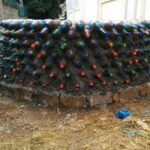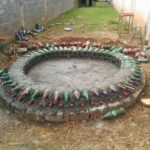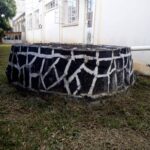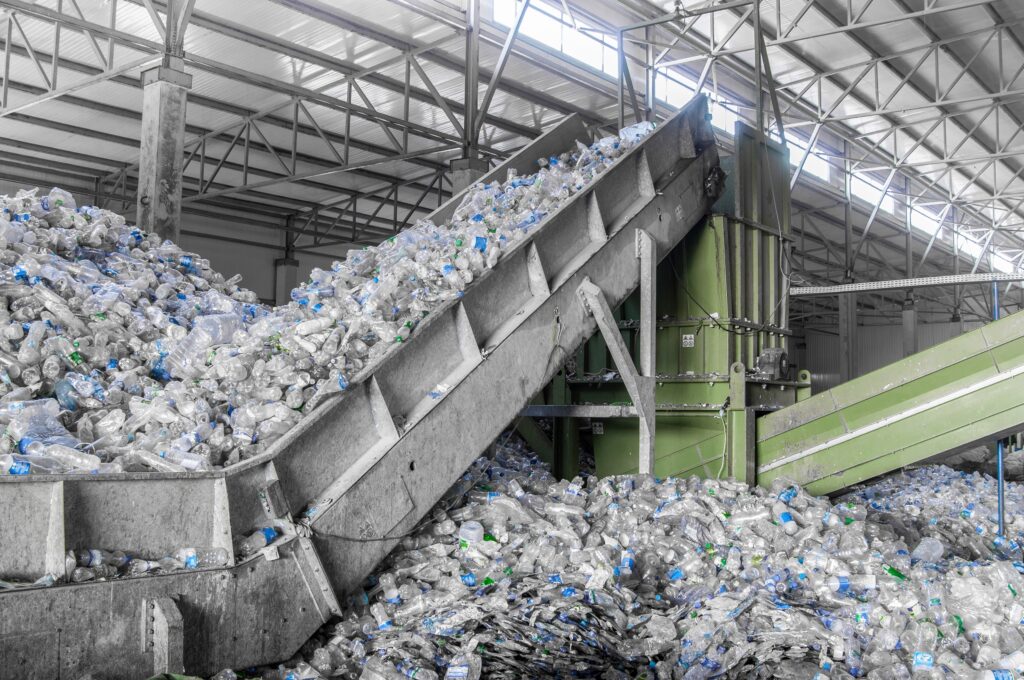PET (also abbreviated PETE) is short for polyethylene terephthalate, the chemical name for polyester. PET, widely used for packaging foods and beverages, is a clear, strong, and lightweight plastic for convenience-sized plastic bottle.
It has been successfully used in the packaging for carbonated soft drinks, bottled water, milk, juice, sports and energy drinks, jars, tubs and trays for food items, bottles for household, personal care and pharmaceutical products, and sheet and film for packaging,
PET is the type of plastic labeled with the # 1 code on or near the bottom of bottles and containers.
PET is Sustainable
PET is a very energy-efficient packaging material. Although its raw materials are derived from crude oil and natural gas, it enjoys a very favorable sustainability profile in comparison to glass, aluminum and other container materials.
Its sustainability increases when recycling is introduced, since approximately 40% of PET’s energy use is attributable to its “resource energy” – the energy inherently trapped in its raw materials that can be recaptured and reused through recycling.
The high strength of PET in comparison to its light weight is a major key to its energy efficiency, allowing for more product to be delivered in less packaging and using less fuel for transport. Ongoing advances in light-weighting technology continue to improve its energy efficiency even further. Life cycle studies of PET have consistently confirmed the environmental benefits of PET as a packaging material versus glass bottles despite common beliefs.
Upcycling is a method of using the container without any energy process being involved. The waste is transformed or used as a raw material for the creation of a new object thus, adding value to the waste.




The hot flakes processing is an industrial process along the line of recycling. Plastic flakes go through hot wash bath.
More sanitation and process will then lead to pellets of food-grade standards enabling them to be reused in the process of new bottles production.
 The cold flakes processing currently available in Mauritius, is an industrial process along the line of recycling. Plastic flakes go through cold wash bath to separate the labels, the caps and the PET bottle.
The cold flakes processing currently available in Mauritius, is an industrial process along the line of recycling. Plastic flakes go through cold wash bath to separate the labels, the caps and the PET bottle.
They are exported to textile industries to produce polyester fibres.

Bottle-to-Bottle (B2B) is a very complex process involving the collection of the bottles to the processing including hot flakes wash sanitization leading to the blowing of a new bottle with all food grade guarantee.
The percentage of recycled pellets used in the bottle-to-bottle process may vary from 20% to 100% leading to a reduction in virgin raw material use.
 rPET stands for recycled polyethylene terephthalate, or recycled PET.
rPET stands for recycled polyethylene terephthalate, or recycled PET.
PET (polyethylene terephthalate) itself is a polymer used to widely manufacture affordable, durable, recyclable containers and packaging as well as a form of polyester.
Pyrolysis is an industrial process where the thermal decomposition of materials at elevated temperatures in an inert atmosphere. It involves a change of chemical composition. Pyrolysis is most used in the treatment of organic materials in the absence of oxygen. Pyrolysis enables the conversation of solid waste into natural gas and oil for green energy production.
Plastic To Fuel – Waste Plastic Pyrolysis plant, How Waste Plastic is Converted into Fuel | Plastic Pyrolysis | Karthi Explains